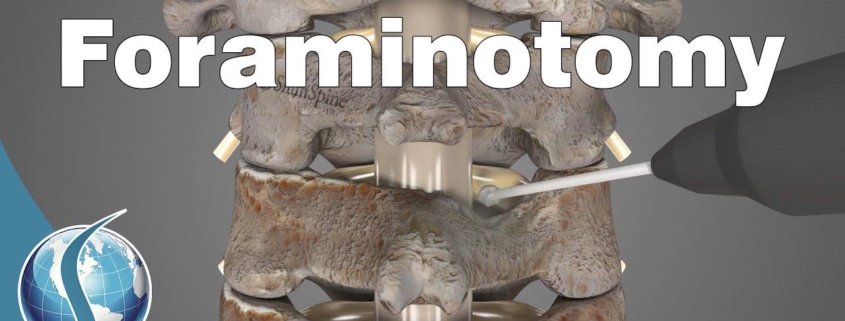
Cervical Foraminotomy
Overview
Cervical foraminotomy is a surgical procedure that treats nerve root compression in the neck area. Such compression can result in pain, stiffness, or even numbness in the neck, shoulders, arms, and hands. This condition is fairly common and is often related to aging, but can also result from injury, poor posture or other health conditions.
Types
There are no specific ‘types’ of cervical foraminotomy, but this surgery can be performed either through a traditional open approach or a minimally invasive approach, each with their own pros and cons. In an open foraminotomy, the surgeon makes a larger incision and moves muscle tissue to reach the affected area, while in a minimally invasive approach, smaller incisions are made and the procedure is guided by imaging technology.
Causes
Nerve root compression that necessitates cervical foraminotomy is often caused by disc degeneration in the neck, a condition that happens naturally with age. Other conditions such as herniated discs, bone spurs, arthritis or injuries can also narrow the foramen (the canal through which the nerve root exits the spinal column) and compress the nerve.
Symptoms
The symptoms of nerve root compression in the neck can be varied. Some common signs include:
-
- Pain in the neck, shoulder or arms
-
- Numbness or tingling in the fingers or hands
-
- Weakness in the arm or hand muscles
-
- Loss of coordination, especially in the hands
Diagnosis
Cervical foraminotomy is a prescriptive procedure, meaning it is suggested by a doctor after a diagnosis is made. Diagnosing nerve root compression typically involves a physical exam, review of medical history, and imaging tests such as CT scans, MRI, or X-rays.
Treatment Options
Conservative treatments are usually the first approach for managing nerve root compression. This can involve physical therapy, medication for pain and inflammation, and lifestyle changes such as weight management and quitting smoking. If these measures are not effective or if the condition is severe, cervical foraminotomy may be recommended to provide direct and lasting relief.
Living With Cervical Foraminotomy
Recovery after cervical foraminotomy usually involves rest, physical therapy, and medication to manage pain. Here are some tips for living post-surgery:
-
- Follow your doctor’s instructions for wound care and medication use
-
- Prepare to take time off work for recovery
-
- Participate in physical therapy to regain strength
-
- Practice good posture to support neck health
-
- Avoid smoking which can impede healing
When to Seek Help
If an individual is experiencing consistent neck pain, numbness or weakness in the limbs that does not improve with conservative treatments, it may be time to consult with a healthcare professional about the possibility of cervical foraminotomy. Additionally, the development of more severe symptoms such as loss of balance or coordination, difficulty walking or speaking, incontinence or severe pain should prompt immediate medical attention.
